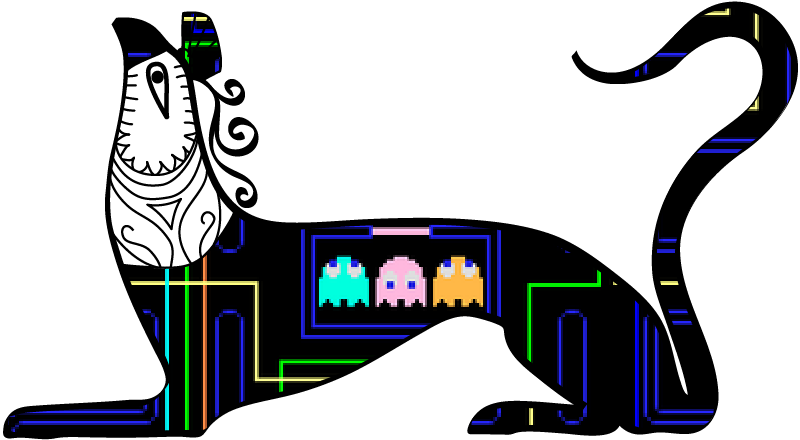22IBC
On 14-19 October 2024 the 22nd International Congress on Ancient Bronzes: Bronzes in Context (22IBC) was held in Athens. Further information is available at https://www.scuoladiatene.it/images/documents/Programme22IBC_DEF.pdf. Papers and posters of interest to Nestor readers included:
A. Giumlía-Mair, P. P. Betancourt, S. C. Ferrence, T. Brogan, J. S. Soles, and C. Sofianou, “Arsenic in copper-based alloys from Prehistory to Roman times”
G. Karamargiou, G. Makris, P. Feleris, and M. Kontaki, “Ο μπρούτζινος αμφορέας από το Λευκαντί επανεξετάζεται: η ολοκλήρωση της αποκατάστασης. The bronze amphora from Lefkandi (Euboea) revisited: the completion of its restoration”
S. Hemingway, A. Belis, D. H. Abramitis, F. Caro, “The Met’s Cesnola Collection of ancient bronzes from Cyprus in context”
Y. Papadatos, G. Vavouranakis, M. Roggenbucke, and E. Filippaki, “Mycenaean bronze weapons in context: the case of the Early Mycenaean ‘Warrior grave’ at Plasi Marathon”
H. Matthäus, “Metal finds in the Siderospilia cemetery at Prinias, central Crete”
T. Brogan, M. Eaby, S. C. Ferrence, and C. Sofianou, “Copper-based artifacts from the Late Minoan IB destruction in East Crete”
K. Kopaka and A. Vratsalis-Pantelaios, “A Bronze Age hoard from the island of Gavdos, Crete”
I. Caloi, “Bronzes in context. Pieces of a bronze panoply from Iron Age Phaistos (Crete)”
C. N. Kleitsas, “Δωδωναῖον Χαλκεῖον. The Geometric tripods from Dodona: divine bronze for human consumption”
N. Blackwell and N. Hirschfeld, “Reassessing the bronze scrap from the Cape Gelidonya shipwreck (South-western Turkey): evidence for deliberate fragmentation?”
E. Konsolaki-Yannopoulou, “Bronze artefacts from Mycenaean tombs at Salamis, Saronic Gulf”
V. Martin, “From Copper to Bronze: changes in the metallic production at Dikili Tash (Eastern Macedonia, Greece) in the transition from the Neolithic to the Bronze Age”
V. Loescher, Hoarding practices or practical storage? Bronze tools deposits in context from Middle and Late Bronze Age Crete”
N. Karra Taniskidou, The role of warfare in the Minoan society during the Late Bronze Age: the case of the Minoan settlement of Kato Zakros, South-eastern Crete”
M. Monnier, “Volumes and contexts: investigating the capacities of Aegean copper-based vessel assemblages”
O. Boitte, “Stone or bronze: arrowheads deposits in Mycenaean tombs of Attica and Argolis”
Y. Brokalakis, “A woman giving birth or a small-size obscenity? Remarks on the meaning and function of a bronze statuette from Trypiti in Crete”
SIMEP 2024
On 21-23 October 2024 the Social Interactions in Mediterranean Prehistory Conference (SIMEP 2024) was held in Barcelona. Further information is available at https://simep2024.com/. Papers and posters of interest to Nestor readers included:
M. Soressi, “Social interactions between 50,000 to 40,000 years ago in western Europe: exploring the constraints and possibilities of aDNA analysis, high-resolution excavation, and detailed reconstructions of procedures and gestures recorded in material culture”
B. Milić, A. Timpson, B. Horejs, and M. Thomas, “The spread of pressure blade making alongside first farmers – new data modelling from the Neolithic between SW Asia and SE Europe”
S. Wichmann, A. Santamaria, O. Nakoinz, A. K. Loy, A.-T. Andersen, R. Bleile, D. Jonjic, J. Kneisler, N. Nübler, J. Schneeweiß, G. Schwedler, and K. Zerzeropulos, “A quantitative model of conflict, with a case study from Early to Middle Bronze Age Crete”
A. M. Büyükkarakaya and Y. Emmez, “Circulating ideas and exchanged materials in the context of Tepecik-Çiftlik mortuary rituals”
A. King, “Minoan Cult Abroad; The Religious Character of the Minoan Frescoes in Egypt and the Levant”
N. T. Kusk and B. Kızılduman, “Late Bronze Age Cypriot Hoards: What does it tell us?”
T. Huet, N. Mazzucco, and A. Manica, “Climates during the Spread of Farming in Mediterranean”
S. Jiménez Manchón, K. Qeleshi, G. Touchais, and A. Gardeisen “Exploring animal husbandry practices in the southern Balkans: A multiproxy palaeodietary reconstruction using dental wear from Late Neolithic to Bronze age in the Korçë basin, southern Albania”
D. Filioglou, “Animal-human mobility and socioeconomic changes from the Late Neolithic to the Early Bronze II (mid 5th-3rd millennium BCE) in mainland Greece: a preliminary zooarchaeological analysis”
M. Templer, “The spread of the Neolithic from Anatolia across the Central Mediterranean Basin involved the movement of peoples and contacts with the autochthonous Late Mesolithic Hunter-Gatherers, who reacted in different way”
P. Tzovaras, “Neolithic seafaring and boatbuilding technology: early maritime connections between the Levant and Cyprus”
J.-P. Demoule, “The Coming of the Greeks, again”
B. Milić, M. Brandl, A. Bulatović, O. Mladenović, M. Gajić-Kvaščev, A. Kapuran, V. Filipović, M. Ljuština, and P. Milojević, “Exploring Long-Distance Connections – Unravelling Obsidian Networks in the Copper and Bronze Ages of the Central Balkans”
V. Petrova and T. Valchev, “Neolithic enclosures of the early sixth millennium BC in Kazlacha (Bulgaria). Research Perspectives”

